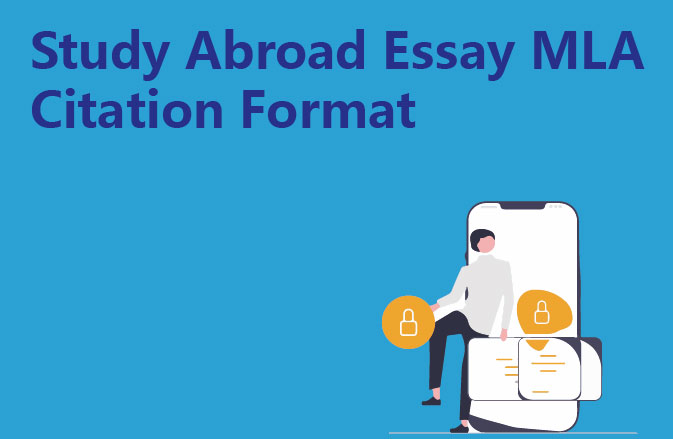MLA format is the most commonly used reference format in English essay writing. Many study abroad partners feel complicated about MLA citation format, the following will be a detailed analysis of how to use MLA format.
MLA, which stands for Modern Language Association, is a dissertation guideline format developed by the Modern Language Association of America, and the latest version is the 8th edition. Compared with APA, CMS and other formats, MLA essay format is more rigorous and more commonly used.
When using the MLA format, it is important to note that the format is very different from other dissertation formats, so the most important thing is to understand its formatting rules and structure.
The basic rules of MLA format papers feature:
1. the MLA format requires the use of double spacing.
2. MLA format requires that the first line of each paragraph be indented by one “tab”.
3. MLA format requires no blank lines between paragraphs.
4. MLA format requires that each page of the paper be labelled in the upper right-hand corner with the Last Name and the page number, e.g. “Amy 3”.
The basic structure of an MLA format paper:
The first 4 lines are left-justified and are, in order: student’s name, instructor’s name, course number, and date of writing.
Line 5 is centred with the name of the paper.
Line 6 begins the body, which consists of several paragraphs including Introduction, Body, and Conclusion.
After the body, a separate page begins to include the references.
Next, we will explore the details of MLA citation format writing, including In-Text Citation and Works Cited.
The main difference between the MLA in-text citation and the Harvard and APA formats is that the MLA format requires the use of the “author’s last name + page number” combination.
For example, Wordsworth has pointed out that romantic poetry is characterised by “the spontaneous flow of intense emotion” (263). Or: Romantic poetry is characterized by “the spontaneous flow of intense emotion” (Wordsworth, 263).
When citing material with multiple authors (more than three), MLA formatting requires the use of the abbreviation “et al.
For example: 1) When there are no more than three authors: The authors argue that surface reading focuses on “what is obvious, perceptible, and comprehensible in the text” (Best and Marcus, 9).
Or: Best and Marcus argue that attention should be paid to the surface meaning of the text rather than the hidden meaning (9).
2) When there are more than three authors: Franck and others point out that “current agricultural policies in the United States are harming the health of Americans” (327).
Or: They argue that farm subsidies funded by the US government are a contributing factor to obesity (Franck et al., 327).
When citing different documents by the same author, the name of the document needs to be indicated in the in-text citation.
For example: 1) Two articles by the same author: Lightenor believes that computers are not useful tools for young children (“Too Soon”, 38), but he also acknowledges that early exposure to computer games does promote small muscle mass. exposure to computer games does promote small muscle development in young children in their second and third years (“Hand-Eye Development”, 17).
2) Two books by the same author: Murray believes that writing is a “process” that “changes with the way we think” (Write to Learn, 6). In addition, Murray argues that the purpose of writing is to “bring one person’s thoughts and information into the mind of another” (A Writer Teaches Writing, 3).




